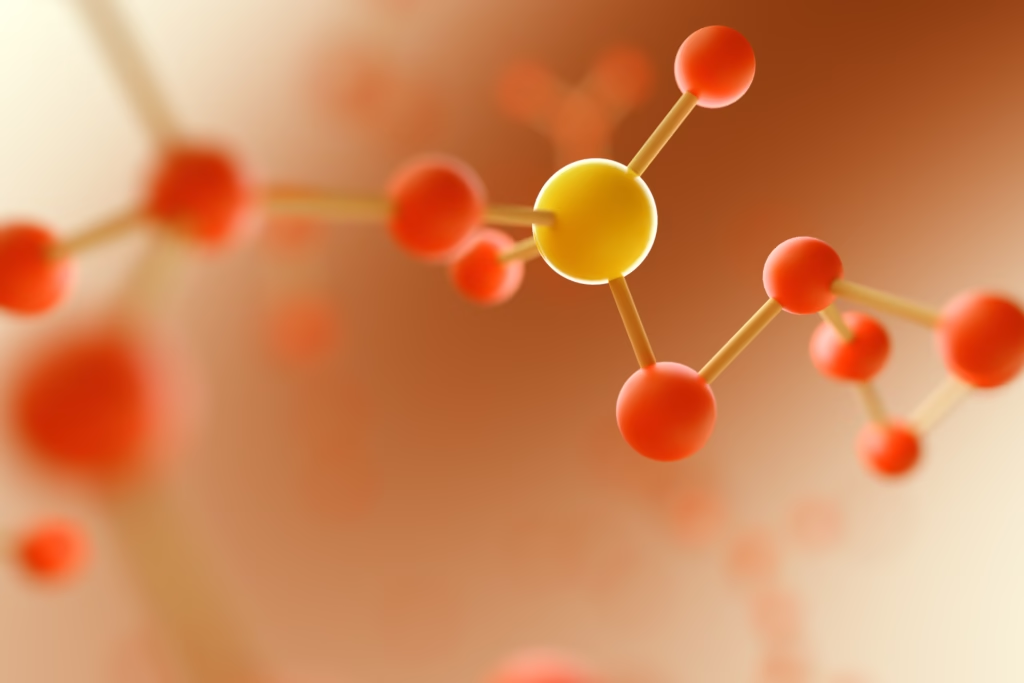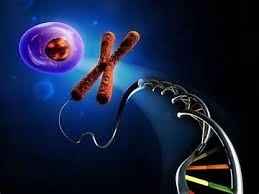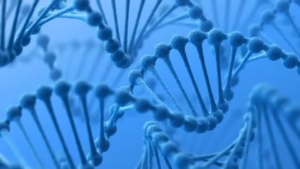
Introduction Plasma proteins are a heterogeneous group found in blood plasma, constituting a significant blood component. They originate primarily from the liver, with a few exceptions produced by immune cells Read More …
Simplifying Allied Health Learning.

Introduction Plasma proteins are a heterogeneous group found in blood plasma, constituting a significant blood component. They originate primarily from the liver, with a few exceptions produced by immune cells Read More …

Introduction Proteins are the high molecular weight mixed polymers of α-amino acids joined with peptide linkage (-CO-N H-). Proteins are the chief constituents of all living matter. They contain carbon, Read More …

Introduction Recombinant DNA (rDNA) refers to DNA molecules created by joining DNA from two or more sources. The process typically involves inserting the recombinant DNA into a host organism so Read More …

Introduction Nucleic acids are biological macromolecules responsible for storing and transmitting genetic information. They exist in all living organisms and viruses. The two main types are: DNA (Deoxyribonucleic Acid): Double-stranded Read More …

Introduction Southern blotting is a method in molecular biology used to find specific DNA sequences in a sample of DNA. It was developed by Edwin M. Southern in 1975. The Read More …